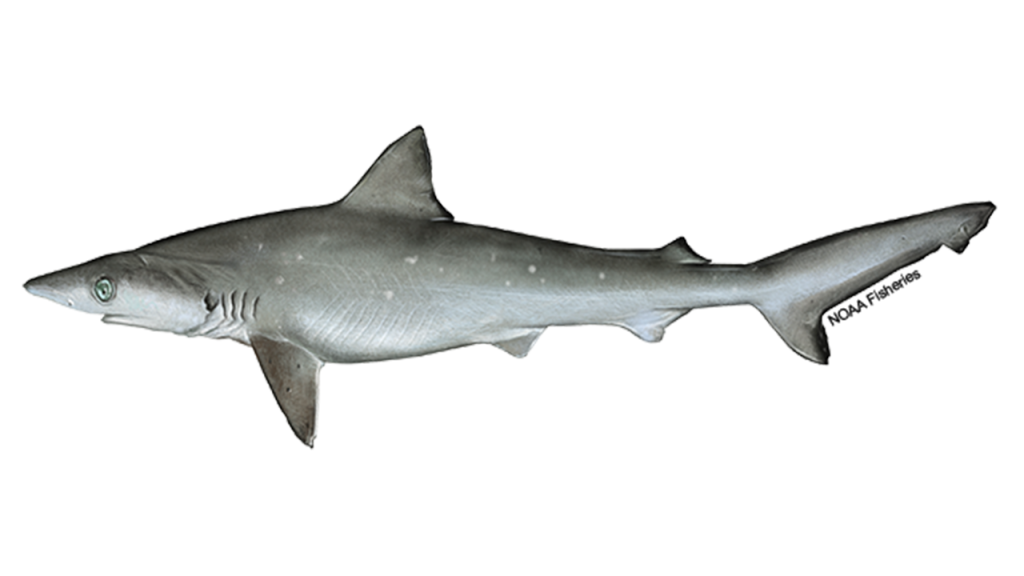A recent scientific study conducted by scientists with the Oswaldo Cruz Foundation found that 13 Brazilian sharpnose sharks off the coast of Brazil tested positive for cocaine, with 12 of the sharks also testing positive for benzoylecgonine, the primary metabolite of cocaine. The study, published in the journal ScienceDirect, highlighted the potential impacts of illicit drugs in marine environments. The researchers cautioned that studies focusing on wild fish are limited, raising questions about the effects of these drugs on marine life and ecosystems.
The highest concentrations of cocaine were found in the muscle tissue of the sharks, with some also present in their livers at concentrations up to 100 times higher than in other marine animals. The researchers suspect that the sharks are ingesting cocaine from illegal drug labs in the area. However, it remains unclear how the presence of the drug in the sharks’ systems might affect the animals or the fetuses of pregnant females who tested positive. The implications of drug contamination in marine environments are a concern for scientists, as it could have far-reaching consequences for marine life and ecosystems.
In a separate study conducted last year off the coast of Florida, scientists attempted to study the effects of cocaine on sharks. Marine biologist Tom “The Blowfish” Hird noted that sharks may come in contact with drugs dropped by smugglers in the ocean, leading to unusual behavior. Despite the sharks appearing to be “tuned up” and ready for hunting, there was no increase in aggressive behavior observed. Hird suggested that the sharks were more of a danger to themselves due to potential hyperactivity caused by cocaine, leading to skittish behavior rather than aggression towards humans.
The researchers did not feed cocaine directly to the sharks in the experiments but used highly concentrated fish powder to simulate a similar reaction to cocaine, as ethically as possible. This approach aimed to observe the effects of the drug on shark behavior without risking harm to the animals. These findings shed light on the potential dangers of drug contamination in marine environments and the need for further research to understand the full extent of the impact on marine life and ecosystems. The study illustrates the complex interactions between human activity and marine ecosystems, emphasizing the importance of mitigating pollution and contamination to protect marine biodiversity.
The presence of cocaine in sharks off Brazil’s coast raises concerns about the broader issue of drug contamination in marine environments. The impact of illicit drugs on marine life, including the potential effects on behavior and reproductive success, remains poorly understood. The study underscores the need for continued research to assess the risks posed by drug contamination in oceans and develop strategies to protect marine ecosystems from harmful substances. Such research is crucial for informing policies and conservation efforts aimed at preserving marine biodiversity and preventing further harm to vulnerable species like sharks.
Overall, the study highlights the interconnected nature of human activities and their consequences for marine ecosystems and wildlife. The presence of drugs in marine organisms like sharks serves as a reminder of the urgent need to address pollution and contamination in our oceans. By studying the effects of drug exposure on marine life, scientists can better understand the risks and develop targeted interventions to mitigate potential harm. Ultimately, protecting marine biodiversity requires a collective effort to reduce pollution and preserve the health of our oceans for future generations.


